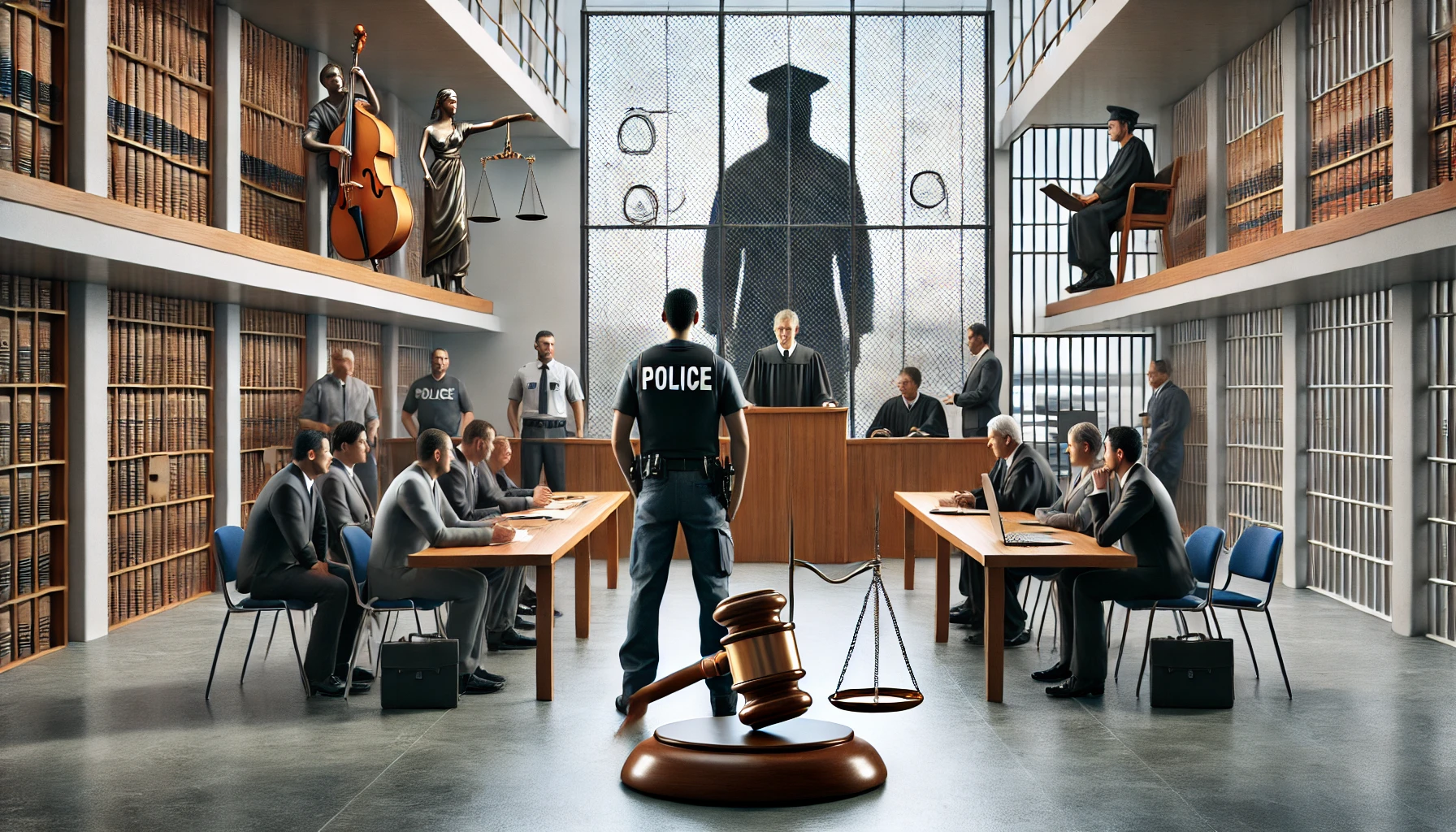The criminal justice system is pivotal in maintaining law and order within society. With responsibilities that span crime prevention, prosecution, and rehabilitation, this intricate structure ensures that societal norms and safety are upheld. The system relies on multiple interconnected components working harmoniously as a complex and dynamic framework. Innovative services like Q Nav play a crucial role by providing expert guidance in legal navigation supporting individuals and professionals in understanding and navigating the complexities of the legal landscape.
Throughout this comprehensive examination, we’ll explore the foundational elements of the criminal justice system, uncover key challenges faced in the contemporary world, and consider emerging trends set to redefine justice. By providing a thorough analysis, this article aims to illuminate the system’s inner workings that strive to protect communities from criminal threats while delivering fair and impartial justice to all individuals involved.
A Brief Overview of the Criminal Justice System
The criminal justice system is fundamentally a safeguard for public order. At its core, it seeks to enforce laws meant to protect citizens and maintain societal stability. This is achieved through a hierarchical structure of agencies and processes, including law enforcement, judiciary entities, and correctional institutions. Together, they work to ensure that infractions are handled justly and equitably. This comprehensive framework allows the legal system to function efficiently, keeping communities secure and delivering justice with transparency.
Key Components of the System
The criminal justice system has three principal components: law enforcement, the judiciary, and corrections. Each plays a critical role in the proper functioning of the system. Law enforcement agencies, including the police, investigate crimes, collect evidence, and apprehend suspected offenders. The judiciary, composed of courts and judges, interprets laws, conducts trials, and passes sentences based on established legal statutes. Lastly, correctional institutions encompass the prisons and probation agencies that administer punishments and rehabilitation efforts. These elements build a unified system to ensure justice and maintain social peace.
Challenges in Modern Criminal Justice
In the modern era, criminal justice systems worldwide grapple with diverse challenges. Overcrowded prisons, systemic biases, and limited funding are obstacles that strain resources and test efficacy. Issues such as overcrowding in prisons create significant operational hurdles, compromising the quality of inmate care and rehabilitation opportunities. Additionally, racial disparities have historically tainted the justice process, necessitating reforms and continual advocacy for more equitable treatment across all demographics. Amid these challenges, the criminal justice system is urged to evolve and embrace strategies that enforce the law and nurture fairness and inclusivity.
The Role of Technology in Crime Prevention
Technology integration into crime prevention strategies has dramatically changed how law enforcement agencies combat crime. Advanced tools like predictive policing leverage AI and big data analytics to anticipate criminal activities before they occur, leading to more strategic deployments of police resources. However, while these technological advancements introduce efficiencies, they also spark privacy concerns and ethical questions around surveillance and data mismanagement. As authorities and policymakers navigate these innovations, balancing technological capabilities with individual rights remains crucial for sustaining public trust and legitimacy.
The Impact of Social Factors
Social determinants, such as poverty, education, and family dynamics, profoundly influence crime rates and tendencies. Communities that endure socioeconomic disadvantages often experience higher incidences of crime and incarceration. Improving education access, social services, and employment opportunities can substantially mitigate crime and reduce recidivism. Addressing these root causes necessitates a multi-faceted approach that combines robust social policies with community engagement to foster environments conducive to safety and growth. By prioritizing social equity, the criminal justice system can innovate solutions that address crime and enhance community well-being.
Rehabilitation and Reintegration
Rehabilitation and reintegration are essential pillars in the discourse of criminal justice reform. Correctional facilities focus not only on punishment but also on preparing inmates for life outside prison walls. Successful rehabilitation programs offer vocational training, psychological counseling, and educational courses to equip offenders with skills necessary for reintegration into society. These rehabilitative efforts aim to reduce recidivism by empowering individuals to lead productive, law-abiding lives upon release. As such, prioritizing rehabilitation within the corrections industry encourages a more sustainable model of justice that emphasizes long-term societal benefits over immediate punitive measures.
Community Policing and Its Benefits
Community policing represents a paradigmatic shift in traditional law enforcement techniques, focusing on building relationships and cooperation between police and local populations. This approach enhances crime-solving efficiency and fosters trust and mutual respect. Law enforcement can gain valuable insights into localized issues by involving community members in problem-solving, resulting in tailored crime prevention strategies. Ultimately, community policing helps create safer neighborhoods where law enforcement officers are seen as partners in safeguarding communal interests rather than merely as enforcers of the law.
Future Trends in Criminal Justice
The future of criminal justice is marked by continued innovation and reform. With the anticipated rise of virtual courts and AI-driven legal assistance, legal processes are expected to become more streamlined and accessible. These advancements promise to reduce bottlenecks within the judiciary system and enhance the accuracy of legal outcomes. As these trends materialize, stakeholders must remain vigilant, ensuring these systems uphold principles of fairness and accountability. The potential for these technologies to transform justice is vast, yet ensuring they serve the broader goals of equality and transparency is vital for their successful integration into the existing criminal justice framework.





